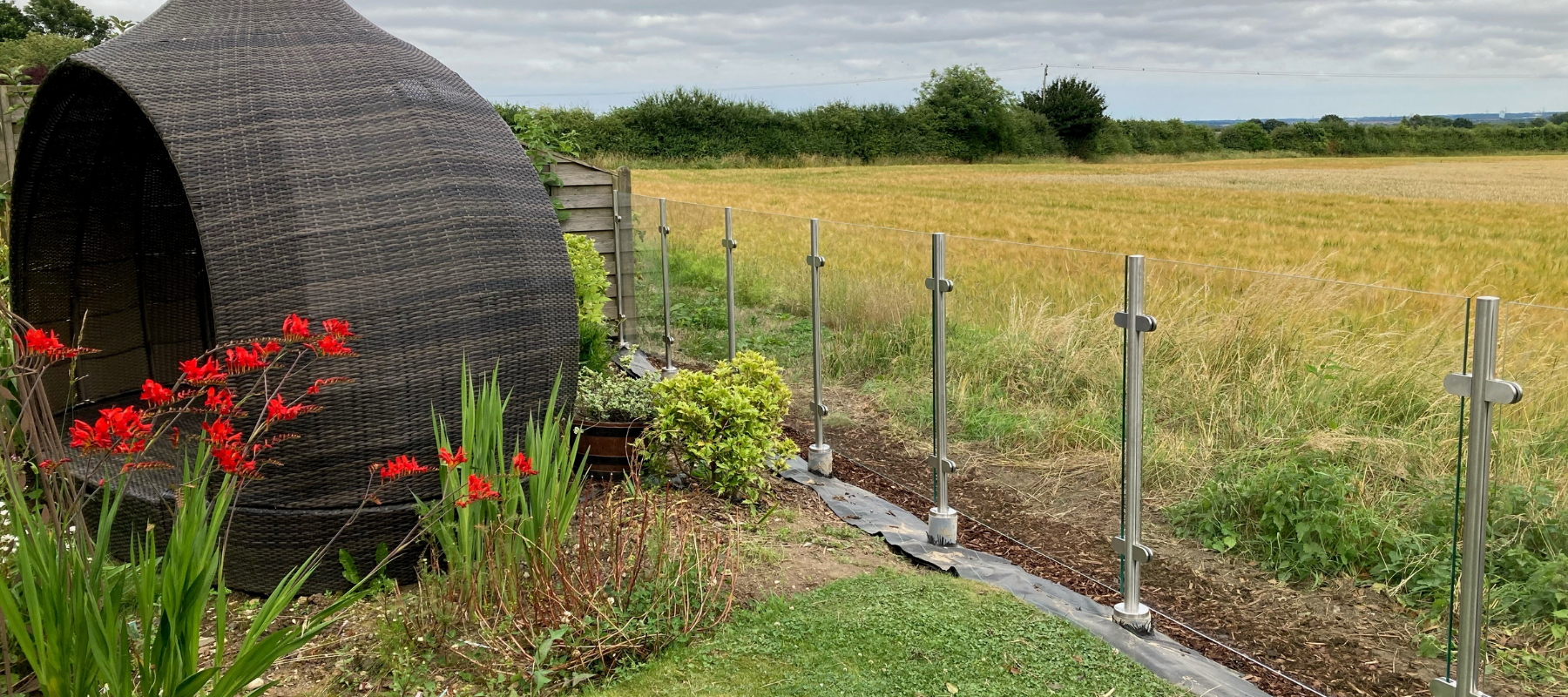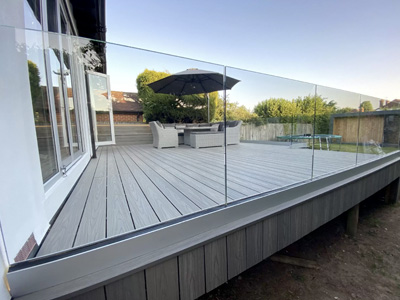Get An Instant Online Quote Now On Your Glass Fence System
Design Your Balustrade
Design your perfect Glass Balustrade today using our online Balustrade Designer and get an instant quote.
Request Your Catalogue
Download your free catalogue to help you choose the perfect balustrade solution for your project.
Glass Fencing
Having a glass fence is the perfect solution for your deck, garden, swimming pool, or patio. It combines safety and security with the elegance and transparency that a glass balustrade offers!
What are the different types of glass fencing?
There are many different types of glass fencing. Our most popular lines are either post and rail or frameless glass balustrade. There are so many different ways of securing your glass fencing. The starting point should always be which system you most like the look of. Have a look at the inspiration section of our website to help you decide!
Frequently Asked Questions
Elegant and stylish. Our glass fencing really add that wow factor to your outside space. All of our glass fencing systems are fully tested and comply with Building Regulations.
Safety is and always will be our number one priority. All of our glass fences are fully tested and comply with Building Regulations. We can advise you on which system and glass thickness is best for you.
This depends on your application. For a domestic glass fence that is protecting a fall of 600mm or more you should either have a handrail or a laminate glass.
We can supply glass that is obscured to ensure that your glass fence provides you with privacy from neighbours. In addition we can supply fixings that allow you to fix your balustrade at a greater height than the standard 1100mm. If you do want your glass fence to be higher than the standard 1100mm that you should ensure that it is securely fixed.
Not as great as you may think! We can advise you on how to limit the cost of your glass fence. To keep costs to a minimum we would recommend installing the balustrade yourself. We would also recommend using systems that use thinner glass such as stainless steel posts.
We are not aware of any insurance considerations when installing glass fencing. You should always take care that your balustrade is safe and fully complies with all building regulations.
There are a number of things that you can do to ensure that your glass balustrade stands up to extreme conditions. We would recommend considering using thicker glass and or specialist structural glass such as sentry glass. You should also consider having a handrail.
All balustrades should be 1100mm from finished floor level to the top of the glass fence. If your glass fence sits on top of a parapet wall then the height of the glass fence itself can usually in be the difference of the parapet wall and 1100mm.
No they are not! The corners of the panels are dubbed and polished to ensure that they are not sharp to touch.
If your glass balustrade is made from stainless steel and is close to either salt water or chlorine, we would recommend having a mirror polished stainless steel finish. This helps protect the stainless from discolouring. The stainless steel should be regularly wiped down with a stainless steel cleaner. All of our aluminium products are anodised and do not need any additional protection.
The fixings themselves (be it stainless steel or aluminium channel) are not heavy and are simple to install. Structural laminate glass can be heavy. We would recommend installing using suction pads and having two people on site to lift the panels into position.
Get an instant quote on a glass fencing system today
GOT A QUESTION?
Our experienced team are always happy help
Just fill in this contact form and we'll get back to you as soon as possible. Alternatively, you can call get in touch using the methods below:Read Our Recent Articles On Glass Balustrade
Balustrade Regulations UK: Important Regs to Understand
How thick should the glass on a glass balustrade be?
Why are Glass Balustrades a Good Choice for Coastal Properties?
Balustrade Technical Support
Feature Cards Title
Feature cards description
card 1 description
Why Choose Origin Architectural
For Your Glass Fencing System
Customise your glass fencing to match your style with premium powder coating, ensuring a perfect match to your color scheme. Explore our diverse range of systems tailored to your preferences: choose contemporary frameless designs, classic post and rail systems, or modern spigot, glass button, and glass balustrades with a top handrail.
Got a Question?
Our friendly and experienced UK customer service team are on hand to help and answer any questions you may have via phone or email.










